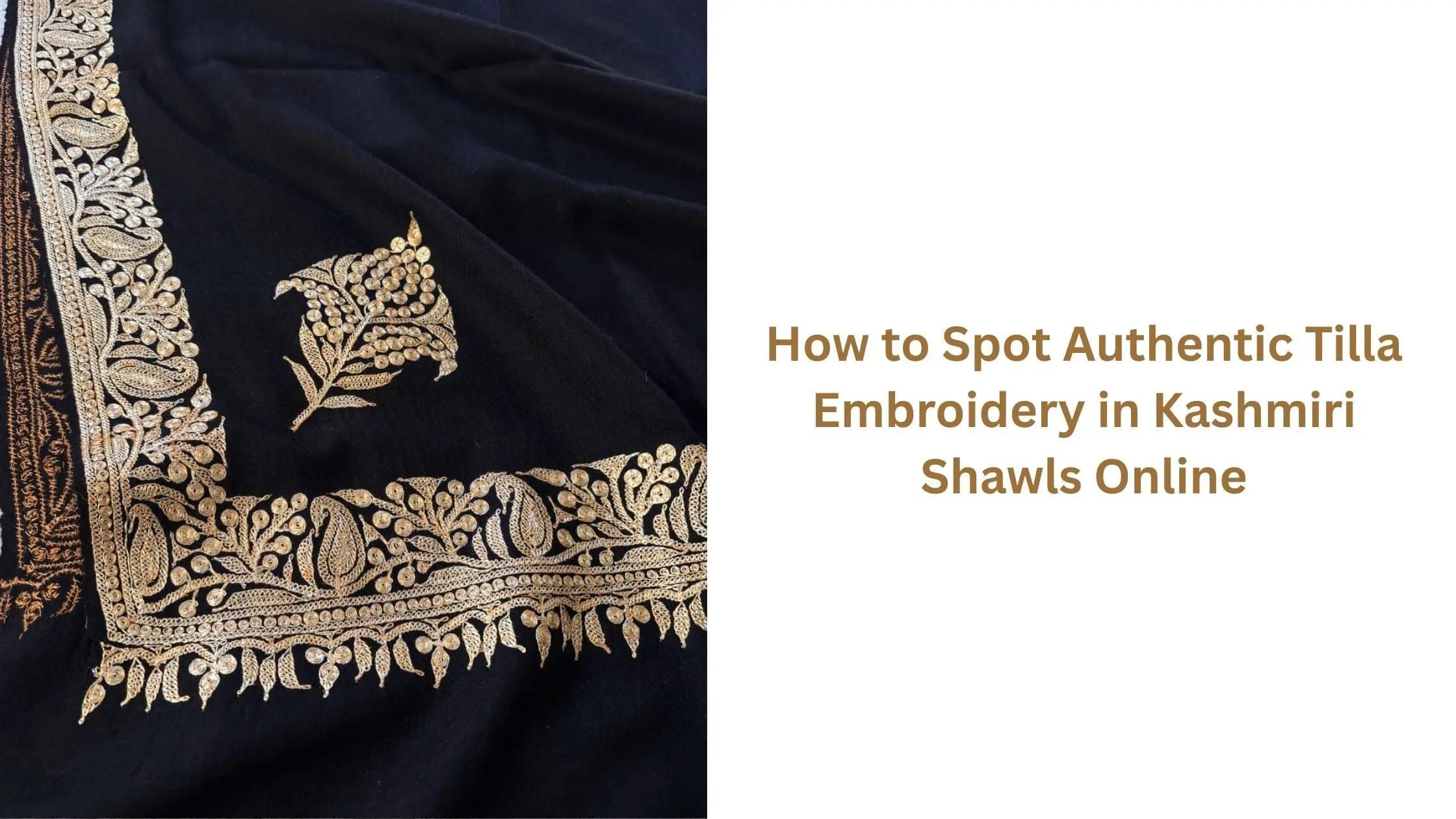
How to Spot Authentic Tilla Embroidery in Kashmiri Shawls Online
Tilla embroidery is one of the most stunning and eye-catching styles found in Kashmiri shawls. Done using metallic threads—usually gold or silver—this type of embroidery adds a shimmer that makes every shawl feel special. But with so many sellers online, how do you know if you’re really getting authentic Kashmiri tilla work shawls online?
In this blog, we’ll guide you on what to look for when buying a tilla shawl online, how to tell if the work is genuine, and what small details make all the difference. Whether you’re shopping for a pashmina tilla shawl or a wool variant, this will help you shop smart.
What Is Tilla Embroidery?
Tilla embroidery is a centuries-old craft from Kashmir that uses thin metallic threads to create elaborate floral and paisley designs. It’s often done by hand, and the shimmer comes not from glitter, but from the metal thread used in the process.
-
Originally done with real silver and gold wires
-
Today, metallic-coated threads are used for affordability
-
Designs often include paisleys, vines, and Mughal-style motifs
-
Tilla embroidery is stitched into wool, pashmina, and silk fabrics
The Look and Feel of Real Tilla Work
The easiest way to spot real tilla work is to look closely at the surface and feel the back of the fabric. Real tilla embroidery feels slightly raised and may have an uneven finish, which is a good thing—it shows it’s handmade.
-
Handmade tilla threads aren’t always perfectly flat or symmetrical
-
You might see slight knots or changes in thread color
-
The backside of the shawl will have thread tails or slight bumps
-
It won’t peel or fade like printed metallic designs
Signs of Authentic Kashmiri Tilla Work Shawls Online
When shopping online, you can’t feel the shawl, but there are visual cues and seller information that help.
-
Look for close-up photos that show the stitch texture
-
Check if the seller mentions hand embroidery or artisan work
-
Authentic pieces often show slight design variation—they are not exact copies
-
Real kashmiri tilla work shawls online will mention their region of origin.
Check the Fabric Underneath the Embroidery
The fabric of a tilla shawl also tells a story. Pure wool or pashmina fabrics are breathable and soft, while synthetic blends can feel rough or stiff. Tilla embroidery works best on soft natural fabrics.
-
Pashmina shawls with tilla work feel light but warm
-
Wool versions are slightly heavier and perfect for winter
-
Cheap shawls often use polyester or viscose with fake shimmer
-
Real pashmina tilla shawls will be labeled as handmade or artisan-crafted
Read the Product Description Carefully
An honest seller won’t just use fancy words—they’ll tell you who made the shawl, what it’s made of, and how long it took to craft. These small signs show that a piece was not mass-produced.
-
Check if the product mentions hand embroidery vs machine work
-
Look for timeframes like “took 2 weeks to complete.”
-
Look for words like artisan, handmade, and —handwoven”—not just “premium.”
Watch Out for Printed or Stamped Designs
Some online shops sell shawls that just look like they have tilla embroidery but are actually printed or stamped. While these may look good in photos, they don't have the same feel or craft value.
-
Zoom in on photos—real tilla has a textured finish, not flat shine
-
Printed versions may show cracks or flaking over time
-
Stamped designs usually look too perfect and uniform
-
Printed shawls won’t have that slight weight where the embroidery sits
Price Can Be a Clue—But Not Always
While you can’t always judge by price, authentic kashmiri tilla work shawls usually don’t come cheap. The price often reflects the number of hours an artisan has spent on each piece.
-
Handmade tilla embroidery takes 1–6 weeks per shawl
-
Mass-produced or printed versions are much cheaper and faster to make
-
If a price seems too low, it’s worth asking more questions
-
Always check for return policies or buyer reviews if unsure
Reviews and Seller History Matter
Buying Kashmiri tilla work shawls online isn’t just about the product—it’s also about trust. Look for stores with a clear story, consistent reviews, and real customer feedback.
-
Read reviews that mention quality, embroidery, and delivery
-
Look for customer-uploaded photos for real-life texture
-
Sellers with a long history or a Kashmir-based team are more reliable
-
Ask questions via email or chat—real sellers respond with care
FAQs
1. Is tilla embroidery only done on pashmina shawls?
No, tilla work can be done on wool, silk, and even cotton shawls. However, pashmina and wool are the most traditional choices in Kashmir.
2. Can tilla embroidery fade or tarnish over time?
With proper care, authentic tilla threads retain their shine. Avoid washing in harsh detergents or exposing the shawl to too much moisture.
3. How do I care for a tilla embroidered shawl?
Always dry-clean only. Fold the shawl neatly and store it in a cotton bag away from direct sunlight or damp spaces.
4. Are there any certificates that prove a tilla shawl’s authenticity?
Some sellers provide artisan tags or documentation, but certificates are rare. Focus more on buying from trusted sources.
5. What colors are common in tilla embroidery?
Gold and silver are traditional, but you can also find tilla in copper, antique bronze, and even black, especially in more modern designs.
Final Thoughts
If you’re shopping for real pashmina tilla shawls, always look beyond the photos. Take time to read, compare, and ask questions. The finest shawls come not just with shimmer but with a story stitched into every inch.
For those who appreciate handmade work, artisan details, and true Kashmiri culture, collections at Shahkaar offer genuine pieces that bring the warmth of tradition into today’s style.

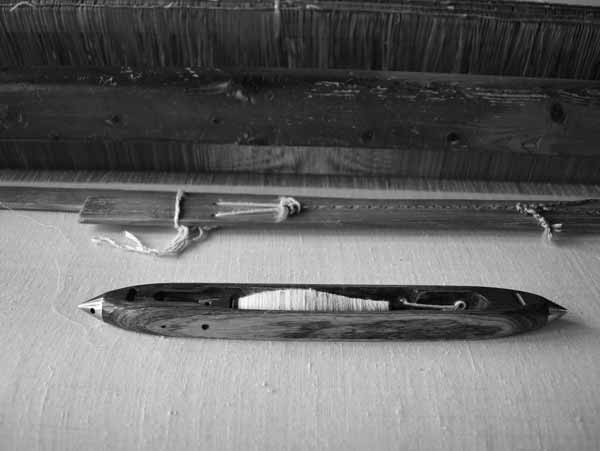
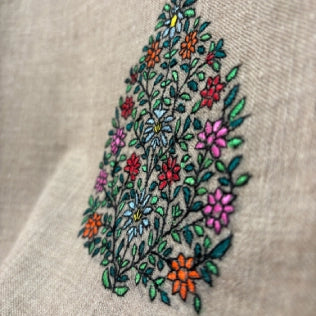
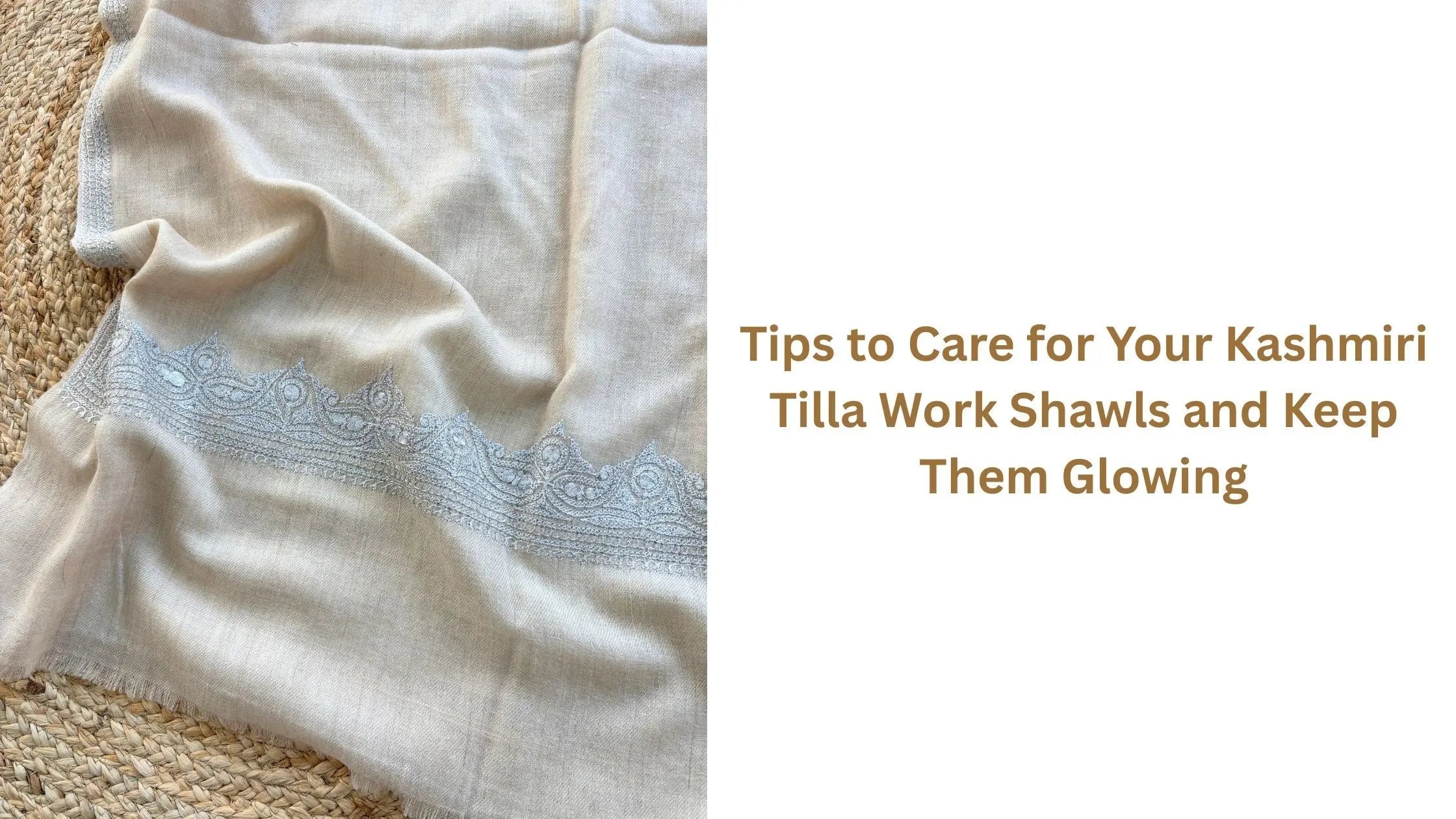
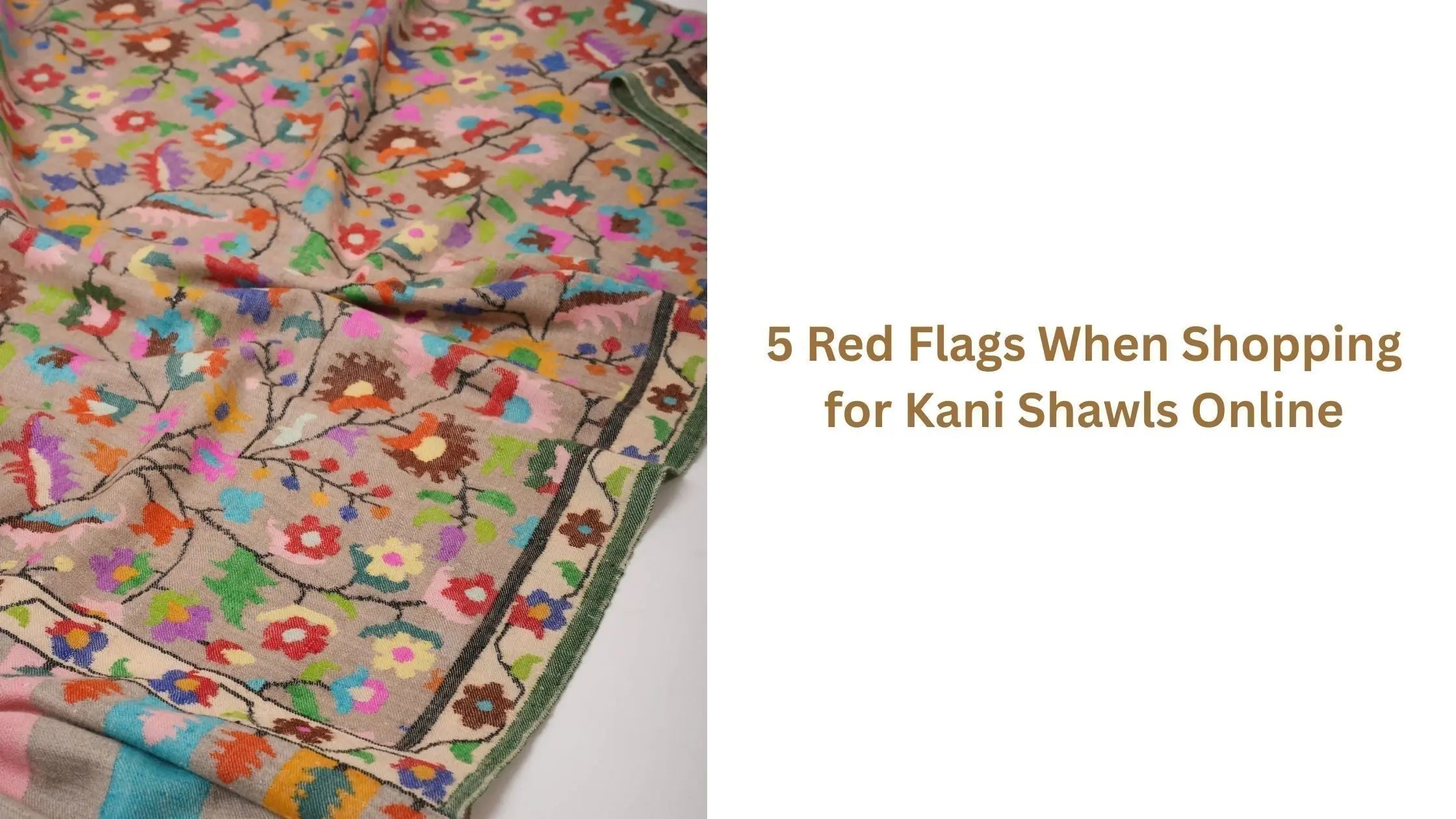
Leave a comment
This site is protected by hCaptcha and the hCaptcha Privacy Policy and Terms of Service apply.